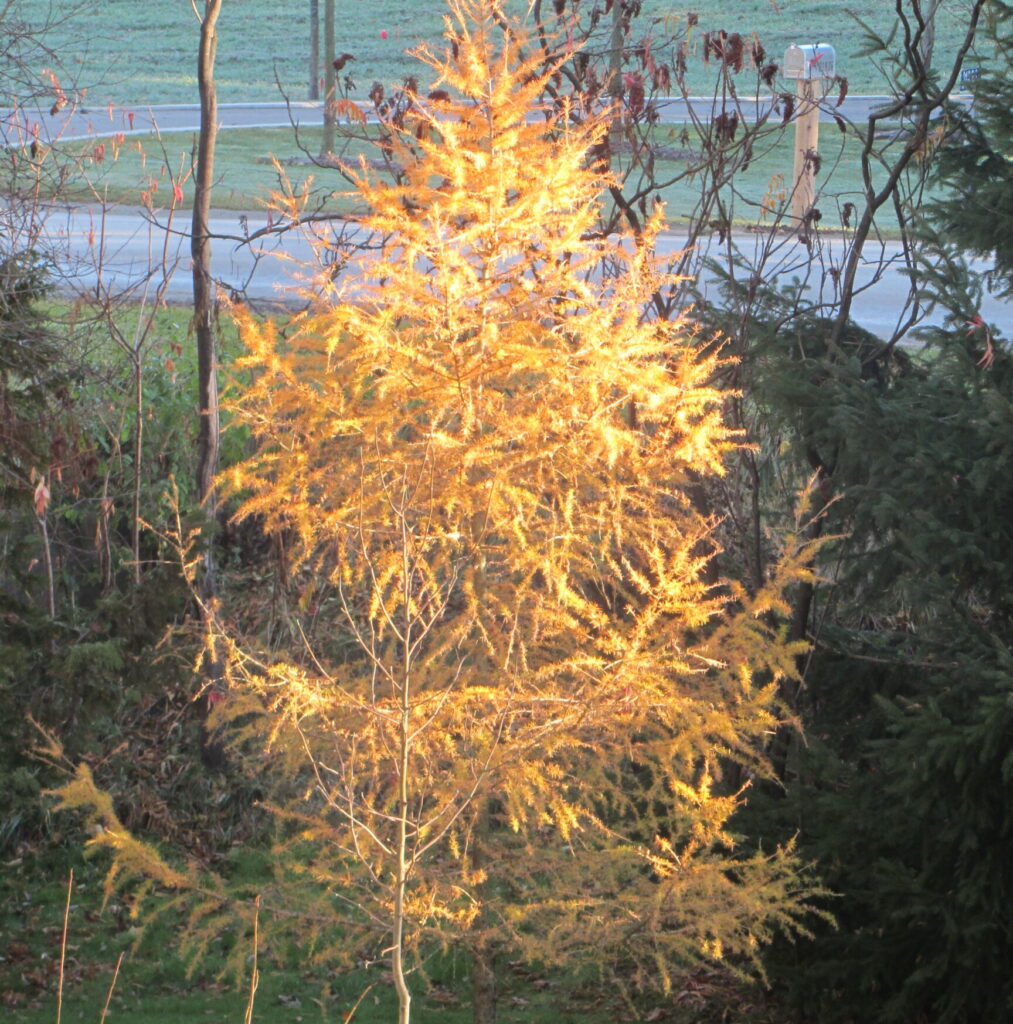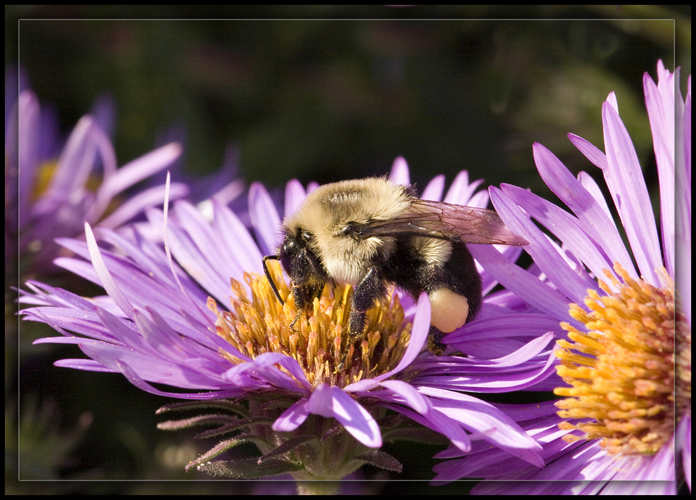
Here is a list of monthly jobs that the everyday gardener in Zone 5 to Zone 6 can perform. Of course, the timing of the outdoor tasks depends on the reliability of Mother Nature and may vary from year to year.
Contact us if you have any questions regarding these monthly tasks. Give us ideas about what to add and we will seriously consider all suggestions.
January
January is named after JANUS, the two-faced Roman god of gates and beginnings. One face looked back to the old year and one toward the new. A good month to reflect on the past years garden successes and failures and plan for the new Garden Year. The January flower is the carnation.
- Inspect houseplants for whiteflies, spider mites, and aphids.
- Propagate indoor plants by stem cuttings.
- Order garden catalogs.
- Clean and disinfect pots and containers used when starting seeds.
- Plan new landscape designs and this year’s garden.
- Order flower and vegetable seeds and decide which seeds should be started inside.
- Try forcing Amaryllis and paperwhite narcissus.
- Check out coming events such as London/Middlesex Master Gardener talks and clinics.
February
February is named after the Latin ‘februa’ signifying the festivals of Purification. White is the colour of purification and indeed reflects the winter colour of this month. It has also been known as ‘Sprout-kale’ by the Anglo-Saxons concerning the time the kale and cabbage were edible. The February flower is the primrose.
- Repot pot bound foliage houseplants
- Start feeding houseplants with liquid plant food.
- Start slow seeds such as Geranium and Begonia seeds.
- Use this month to repair garden furniture and effects.
- Check forced bulbs and bring out of cold storage if tips have sprouted 2 inches or more.
- Clean and sharpen garden tools and oil wooden handles with linseed oil.
- Save your wood ashes. Collect them until spring and lightly scatter on the garden to provide potash.
- Start an exercise program so you will be ready for the upcoming gardening season.
- This is a good time to sit down with a good garden book and sharpen your gardening skills.
- Don’t forget to feed the birds!
March
March is named after MARS, the Roman god of war. Mars is also a planet of little green people who are obviously gardeners. The March flower is the violet.
- Eliminate overwintering insects and diseases on fruit trees and deciduous ornamentals with dormant spray.
- Check the yard for winter damage i.e. heaved plants and broken branches.
- Start tomatoes, lettuce and other fast growers indoors later this month.
- Prune summer flowering shrubs and vines.
- Order summer-flowering bulbs
- Loosen up packed winter mulch and press back heaved perennials.
- Make plant markers for the upcoming season.
- Make homemade seed tapes.
- Plant annual flower seeds indoors.
- Adjust guy wires on trees. Check for girdling which will stunt growth
- Join the London Middlesex Master Gardeners for Seedy Saturday – the first saturday in March!
April
April is derived from the Roman ‘aperire’ which means to open. This probably refers to the opening of buds and plants growing in the spring. The Dutch called this the ‘Grass Month.’ The flower for April is the daisy.
- Do not work the soil until it is dry enough to crumble when you squeeze a handful and do not walk on your wet garden as compaction will occur.
- Edge Garden Beds.
- Rake out perennial and vegetable beds removing dead leaves and stems which may harbour insect eggs and disease.
- Rake out dead grass from your lawn.
- Give your lawn its first and most important fertilizer of the year.
- Repair lawn damage with topsoil and seed.
- Mulch garden beds 2-3 inches deep with an organic mulch.
- Remove dead, diseased and damaged wood as soon as it is observed.
- Prepare garden beds for planting. Dig in compost and other organic material.
- Remove rose protection; prune and apply dormant spray before the buds break.
- Turn the compost pile at the beginning of the month and bury its contents in the garden bed at the end of the month.
- Start tomato, melon, cucumber and squash seeds indoors.
- Start cool weather vegetables outside such as peas, spinach, lettuce, onions, beets, and garlic.
- As spring bulbs come up use golf tees to mark their location. In the fall you will be able to tell which areas need additional bulbs.
- Lawnmowers and other power equipment should receive spring maintenance before the growing season begins.
- Attend a local Home & Garden or Outdoor Show
May
This month is named after the Roman goddess of Fertility, Maia, and it is appropriate that we celebrate Mothers Day on this date. May is a month whose weather can transform your garden into a Botanical wonderland or a desert of dead plants. Constantly check the weather forecasts and protect your plants if necessary. The May flower is the Hawthorn.
- Remove faded flower heads of tulips and daffodils. Let stems die down before removal.
- Prune Shrubs and Trees after flowering
- Transfer bedding annuals to an outdoor cold frame
- Harden off seedlings before planting
- Start regular hoeing and hand weeding preparation of garden beds
- Continue to plant cold crop favourites like lettuce, spinach, garlic, onions, etc
- Plant cold-sensitive vegetables after the last frost and protect them if necessary. Harden off before transplanting.
- Water lawn deeply but do not cut too short to prevent weed seeds from taking hold.
- Mulch planting beds
- Start pruning and deadheading roses and begin a fertilizer program for these bushes.
- Fertilize bulbs as they finish blooming and fertilize annuals and container plants.
- Edge Garden Beds
- Keep an eye on your roses for black spot and aphids and have them sprayed accordingly.
- This is a good month to repair the lawn so aerating and seeding might be helpful.
- Set houseplants outside when frost danger is gone and repot those that require it.
- Start planting glads in 2-week increments until July to ensure continual flowering.
- Consider netting or row covers to protect your early fruit bush crop from the birds.
- Pond fish can now be fed flakes regularly as the weather heats up.
- Continue to feed the birds as they eat damaging insects in your yard.
- Plan your summer garden and new plantings
- Check Master Gardeners ‘Events’ for upcoming Horticultural Clinics, talks, garden tours, and other related events.
June
June – named after JUNO, the goddess of light and sky and queen of the gods who also watches over marriages, married women and brides. June is considered a bride’s month and historically thought to be the most favourable time to marry. The June flower is the rose.
- Fertilize flowers and vegetables. Stake or cage tomato plants, dahlias, glads, etc.
- Deadhead faded blooms
- Prune Evergreens and hedges
- Weed and water garden beds regularly
- Treat annual flowers with fertilizer
- Remove faded rose blooms
- Fertilize roses after peak blooms
- Make homes in the garden for insect-eating toads
- Mulch garden beds to 2-3 inches
- Finish planting summer annuals
- Fertilise vegetables (i.e.-20-20-20 water-soluble)
- Divide spring Iris, discarding diseased or non producing old bulbs
- Stake tall-growing perennials
- Leave foliage on spring bulbs until it dies back naturally
- Plant gladiolus corms
- Tap your tomato plants to encourage pollination
- Water tomato plants every day and start feeding weekly once fruits set
- Protect your fruits from birds with netting or floating row covers
- Fertilize the lawn this month
- Raise the cutting length of the lawnmower to conserve moisture
- Keep container plants watered during dry periods.
July
This is a month named after Julius Caesar, as it was the month he was born, and, until the 18th Century, was pronounced Julie, similar to a female name. This is a month when you can finally enjoy the efforts of your work and when many flowers and vegetables take shape. The flower for July is the waterlily.
- Fertilize annuals and vegetables
- Weed! Weed! Weed! – shallow hoe gardens regularly
- Continue to cut lawn high – cut grass no shorter than 3 inches
- Snip off spent perennial blossoms to extend the bloom season
- Prune shade trees
- Remove old raspberry canes and trim back strawberry plants after fruiting
- Turn compost
- Edge garden beds
- Fertilize roses
- Check for slugs in the flower and vegetable garden
- Repot root-bound houseplants
- Deadhead annuals and perennials
- Sow lettuce, radishes, and arugula for the fall crop
- Container plants should be checked as the hot weather may necessitate daily or even more frequent watering.
- Water all plants in the morning if possible to prevent the spread of fungal diseases
August
August – This month is named after Emperor Caesar Augustus and reputedly has 31 days as Augustus wanted it to have as many days as July, the month named after Julius Caesar. The August flower is the Poppy. This is a good month to enjoy the fruits of your harvest and enjoy bright summer flowers and foliage.
- Prune climbing roses
- Cut out old raspberry canes
- Change birdbath water and eliminate standing water to combat mosquitos
- Remember to drink plenty of water and wear sunscreen when working outdoors
- Check container gardens daily for dryness and fertilize regularly
- Use a water bottle with a strong stream to spray aphids and other pests off plants rather than lugging the hose around the yard.
- Mulch garden beds 2-3 inches deep with an organic mulch
- Prune tightly shaped hedges, if needed, after the second flush of growth
- Seed winter vegetables like lettuce, spinach, and kale
- Clean up dropped fruit to discourage pests
- Remove garden debris to reduce next year’s Cutworm population
- Continue to cut grass high
- Keep weeds pulled before they flower
September
September – this was the seventh month of the Roman calendar until 153B.C. and its name comes from the Latin septem meaning seven. The flower of the month is Morning Glory. This is typically the transition month between summer and fall and thought has to be given to the upcoming colder seasons.
- Divide and transplant perennials
- Last fertilizing of lawns for the year
- prepare and seed new lawns
- Renovate perennial borders
- Cover tender plants when frosts are forecast
- Start saving seed for next year
- Stop watering tuberous begonias
- Plant spring-flowering perennials now
- Fertilize roses one last time
- Fertilize fruit trees after harvest
- Adjust mower level lower
- Soak the soil around evergreens and transplants
- Stop fertilizing trees and shrubs to permit this year’s growth to harden off before winter
- Prune plum trees right after harvest
- Mark perennials or create a map showing their location so you will know where they are when they die back at the end of the season.
- Plant evergreen now to get them a good start before winter. Use transplant fertilizer.
October
October -the name is from the Latin ‘octo’ for eight and was the 8th month in the Roman Calendar until a monthless winter period was divided between January and February. This is the month when we should be preparing to put the garden to bed.
- Pull out summer annuals killed by frost.
- Mound rose crowns with about 6 inches of fresh soil before the ground freezes.
- Continue to water trees and perennials.
- Plant garlic for a spring harvest.
- Protect Growing Veggies from frost.
- Pot up herbs for indoor growth.
- Repot root-bound houseplants
- Plant amaryllis for winter bloom.
- Drench plants being brought inside after a season outdoors with a soap solution to eliminate bugs.
- Save excess seed for next year.
- Store clay containers to prevent freezing and cracking.
- Continue to remove weeds to prevent seeds, insects and diseases from overwintering.
- Keep mowing grass as long as it grows
- Remove grass clippings from last few cuts to prevent insects and disease from overwintering.
- Store lawnmower if this month is your last cut.
- Keep lawn free of leaves and debris.
- Ensure gutters and downspouts are not plugged that may result in ice damage.
- Prune long growth on roses to prevent canes from snapping in winter.
- Clear beds after a heavy frost.
- Clean and store summer-flowering bulbs (dahlias, gladiolus, cannas).
- Clean and store garden tools and machinery.
- Dig and divide clumps of rhubarb.
- Stop feeding your pond fish when the water temperature falls below 50 degrees.
November
The name is derived from the Latin ‘novem’ for nine as November was the ninth month in the Roman calendar until a monthless winter period was divided into January and February. In Ireland, November 1 is regarded as the first day of winter. The November flower is the Chrysanthemum.
- Soak the soil around evergreens if the ground is dry
- Hill up roses
- Mulch tender plants
- Plant bulbs for winter forcing indoors
- Clean garden storage area and tools
- Mulch asparagus bed for winter
- Apply repellents and wraps to guard against rabbit damage
- Drain waterlilies and pumps
- Tulip bulbs may still be planted
- Remove any visible weeds so they do not meet you in the Spring.
- Dig up tender bulbs and store in a cool dark area after the first frost.
- Apply fall fertilizer to the lawn if not already done
- Remember to continue feeding the birds
December
The name is from the Latin for ten and it was the tenth month in the Roman winter calendar until a monthless winter period was divided into January and February. Decembers flower is the Holly.
- Trim junipers, pines, and firs moderately and use the trimmed branches to decorate for the holidays.
- Order Seed catalogs
- Purchase Amaryllis and Paperwhite bulbs for indoor winter blooms
- Place protective boards over shrubs near buildings to deflect snow sliding from the roof.
- Reduce watering of indoor plants
- Consider purchasing a live Christmas tree for your home.
- Enjoy the holidays and plan for your garden for the upcoming season

More information from Master Gardeners
How to Grow just about anything
Nature, Environment, Invasives
Science, Mythbusting, Reliable Resources
Plant Selection, Zones & Natives
Harvesting, Canning, Preserving
For Everyone – Accessible, Child-Friendly…
The University of Maryland – Maintenance of Annuals and Perennials
University of Maine – Things to do in your Garden in April





About The Author: Persichilli
More posts by Persichilli